Read on if you would like to learn more about fall edges. From the exact definition of all specialist terms, and an overview of the legal requirements and of solutions, you obtain a clear picture about safety measures at fall edges.
Definition of fall edge
In principle a fall edge is an edge over which a person can fall downwards because of a
misstep, slip, or lack of attention. Unless protected, the person falls from his initial position - the standing surface - over the fall edge onto the impact surface (the ground or another surface). Fall edges therefore occur in many situations.
According to the Austrian Technical Regulations for Workplaces ASR A2.1 a fall edge occurs
- Between a surface which is level or inclined up to 20 degrees, and a surface inclined at more than 60 degrees
- At rounded or domed surfaces where the continued imaginary line leads to the tangent of an inclination angle exceeding 60 degrees
- At transitions between penetration-resistant and non-penetration-resistant surfaces
Some examples where fall edges occur in practice:
- Platforms, climbing platforms, and openings in floors
- Roof terraces and flat roofs
- Pitched roofs, round roofs, and domes
- Roof openings such as skylights and strip lights
- Industrial machinery and transport vehicles , and at standing surfaces for operating or maintaining them
- High-level racks
- haft edges and drains
Fall edge distance - what is a fall risk area?
A fall risk area is the surface adjacent to a fall edge and therefore clearly carrying a fall risk. In Germany, ASR A 2.1 defines the area within 2 metres of the fall edge as a fall-risk area. The same distance applies in Austria and Switzerland.
People located within this area must be protected against falling. It is irrelevant how long the person remains in the area. Even if the area is used as an access route, i.e. traversed to get to another location, appropriate fall protection must be installed.
Necessary: Protection of fall edges
In principle, legislation in the DACH countries requires that measures are taken to secure the fall edge if the fall height exceeds 2 metres. A lower height may apply, for example when work is being performed over water, and sinking may occur.
Employers must ensure that employees have a safe workplace (and safe access routes) adjacent to fall edges. There are many measures for securing fall edges, ranging from
- Temporary catch scaffolds and nets
- Fixed guards and special guardrails
- to lifeline and rail systems which are used as restraint and fall arrest systems.

EAP-MOBI
EAP-MOBI skylight protection system
The EAP-MOBI skylight fall-through protection system from INNOTECH can be used as fall-through protection, and also as a single anchor point for one person. This enables a person positioned on a skylight to move safely, starting from the ...
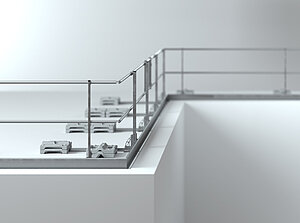
Guardrail System BARRIER
The variable railing system. As collective protection, the BARRIER guardrail system eliminates the danger which results from an edge.
The variable railing system
When accessing areas at height, edges (such as roof edges, working platforms, etc.) represent a danger area. One option for securing this danger area, both for construction work and for later servicing and maintenance tasks, consists of installing a guardrail system.
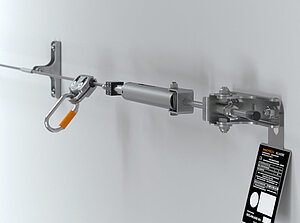
Lifeline Systems AIO
Our powerful AIO lifeline system provides a reliable and versatile solution.
The powerful lifeline system that offers a whole host of variants
Whether on a flat or pitched roof, in an industrial environment, in the energy industry, on poles, or in other application areas, the topic of fall protection is ever-present.
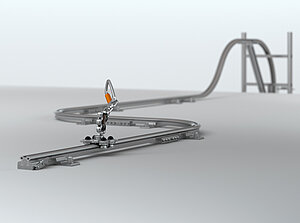
Rail System TAURUS
Curves, pitches, sloping positions, and of course straight runs: the TAURUS rail system is as versatile as the potential areas of application.
The strong and flexible rail system TAURUS
The system provides continuous fall protection along the entire run of rail, regardless of where the fall-risk areas are located or how they are arranged.
For guardrails, it must not be possible to fall over or through them. Generally a minimum height of 1 metre is a prerequisite, as well as an appropriate maximum separation of the vertical posts. This must be specified in each individual case.
A distinction is also made between individual and collective protective measures. Collective protection takes priority over individual protection. This means that, depending on the existing circumstances, various solutions can be selected for securing fall edges.
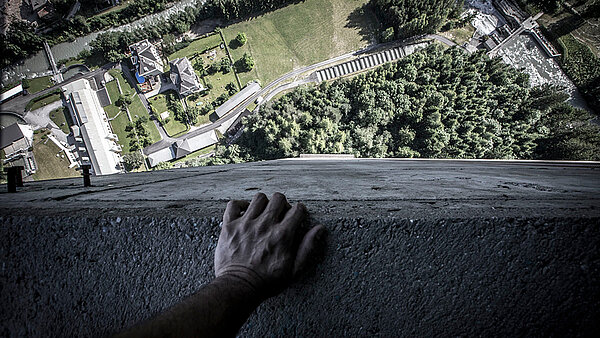
![[Translate to Englisch:] [Translate to Englisch:]](https://www.innotech-safety.com/fileadmin/_processed_/b/6/csm_Absturzkante-Zugspitze_420df66c78.jpg)
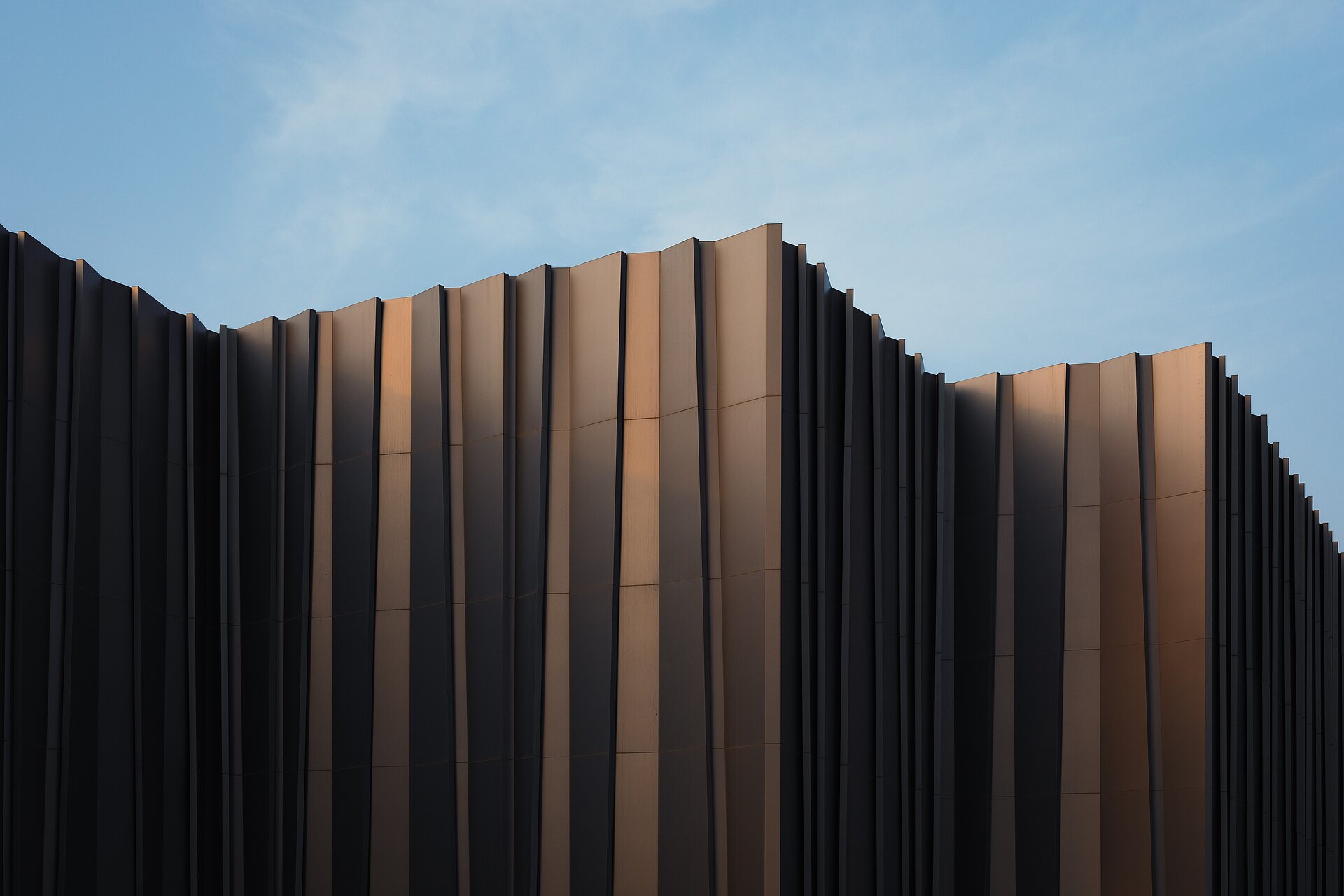
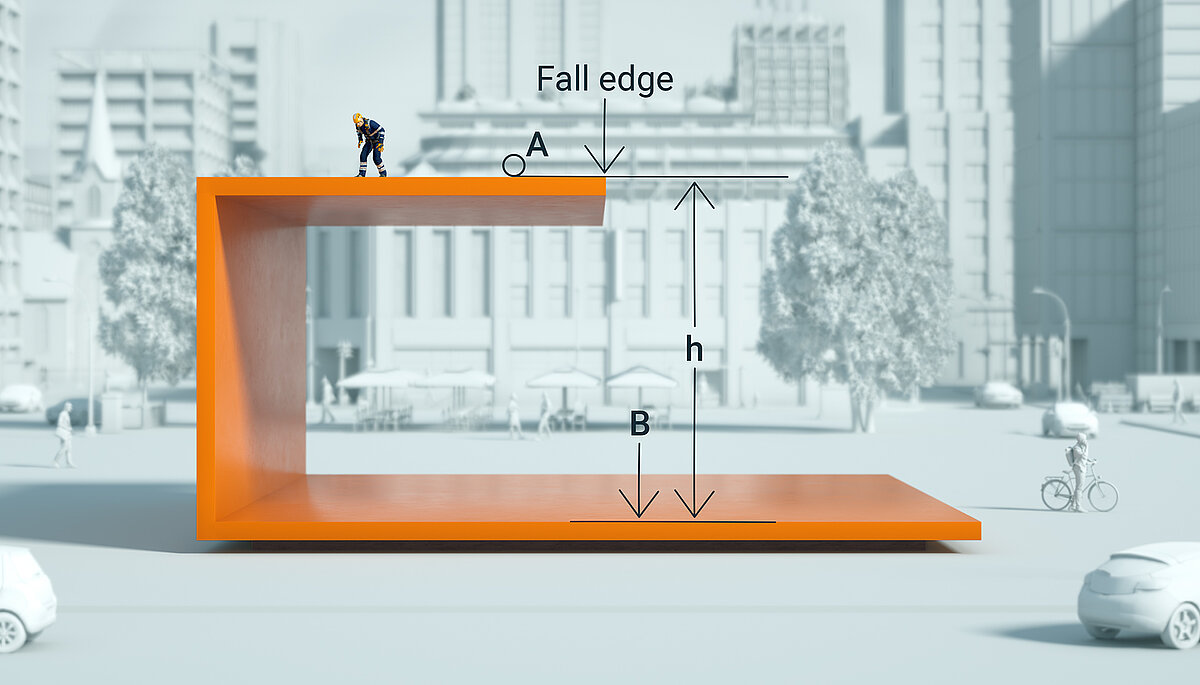
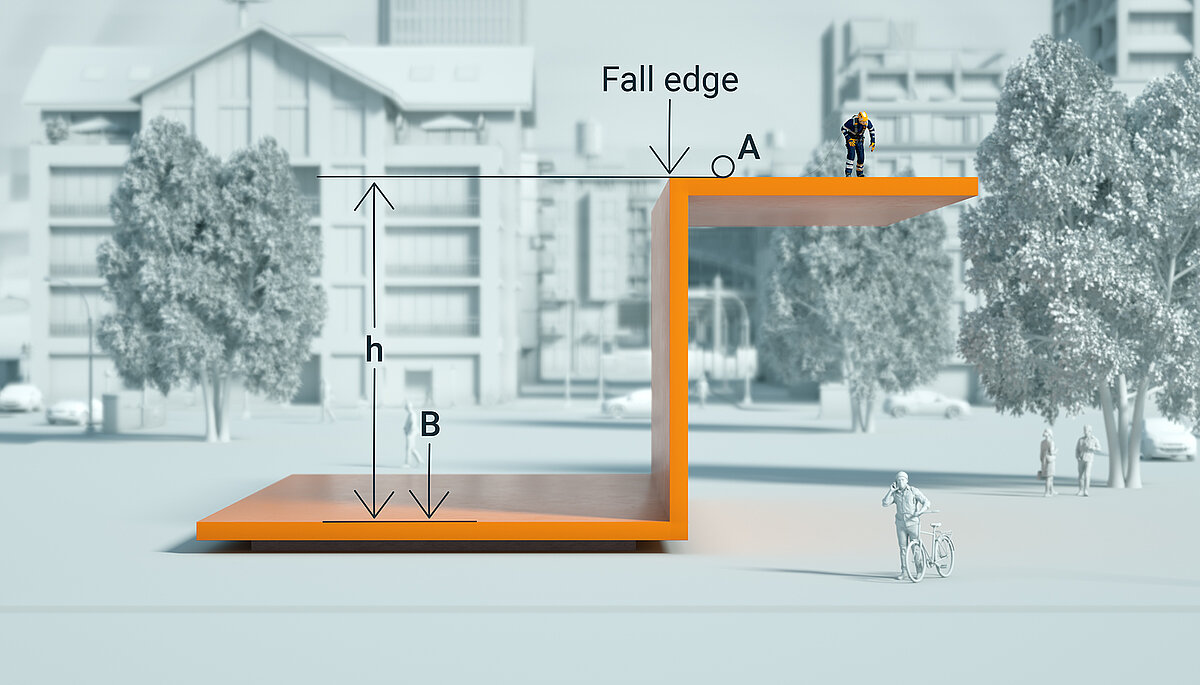
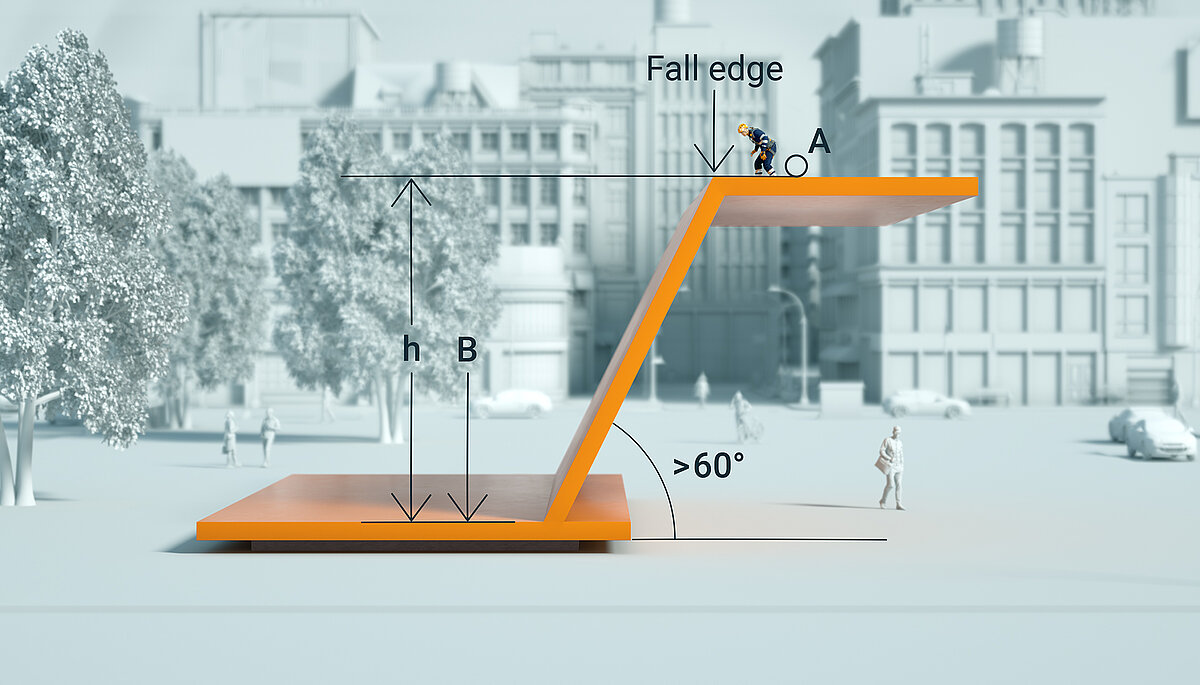
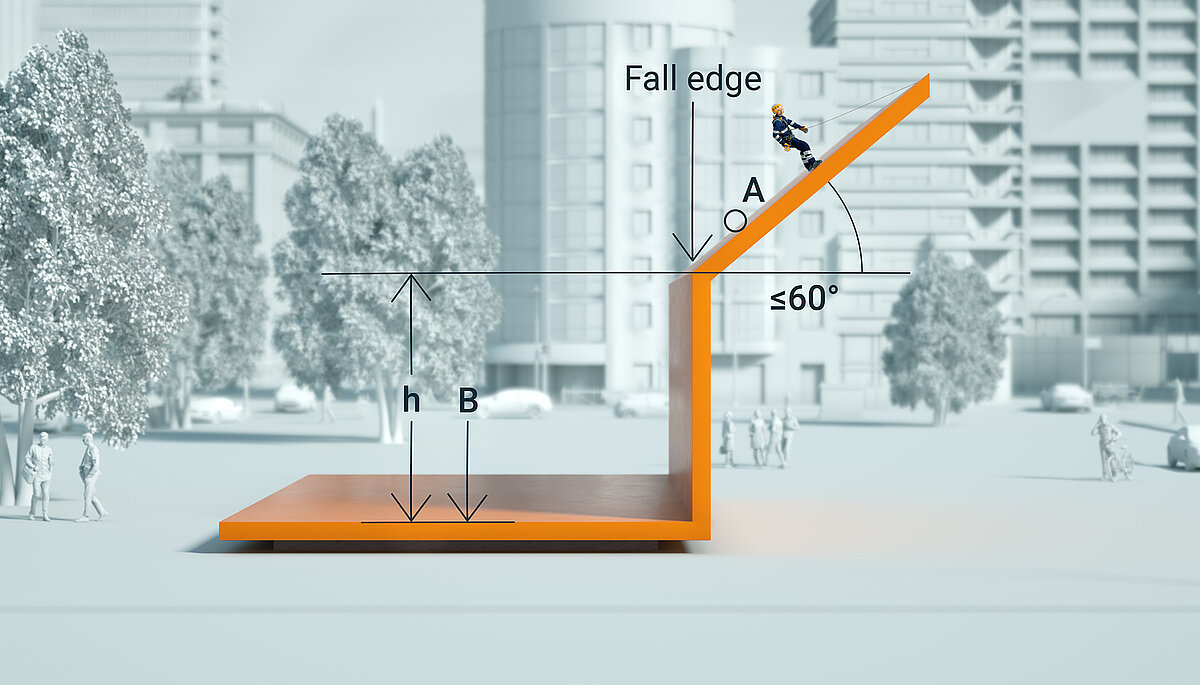
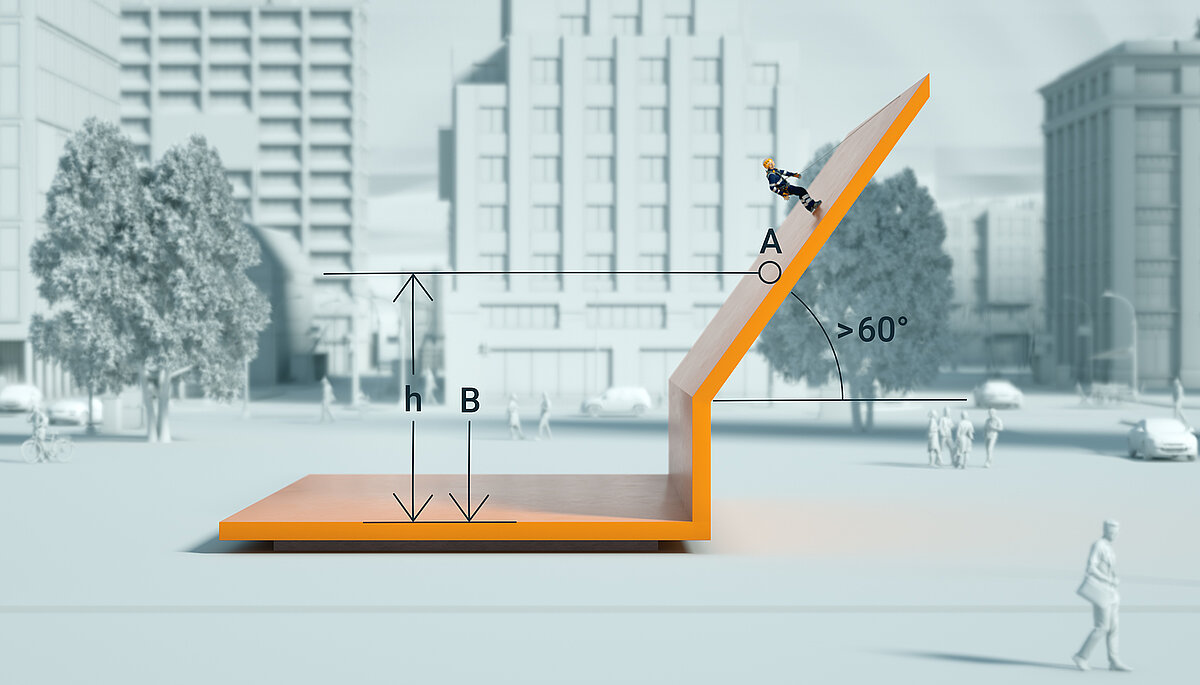
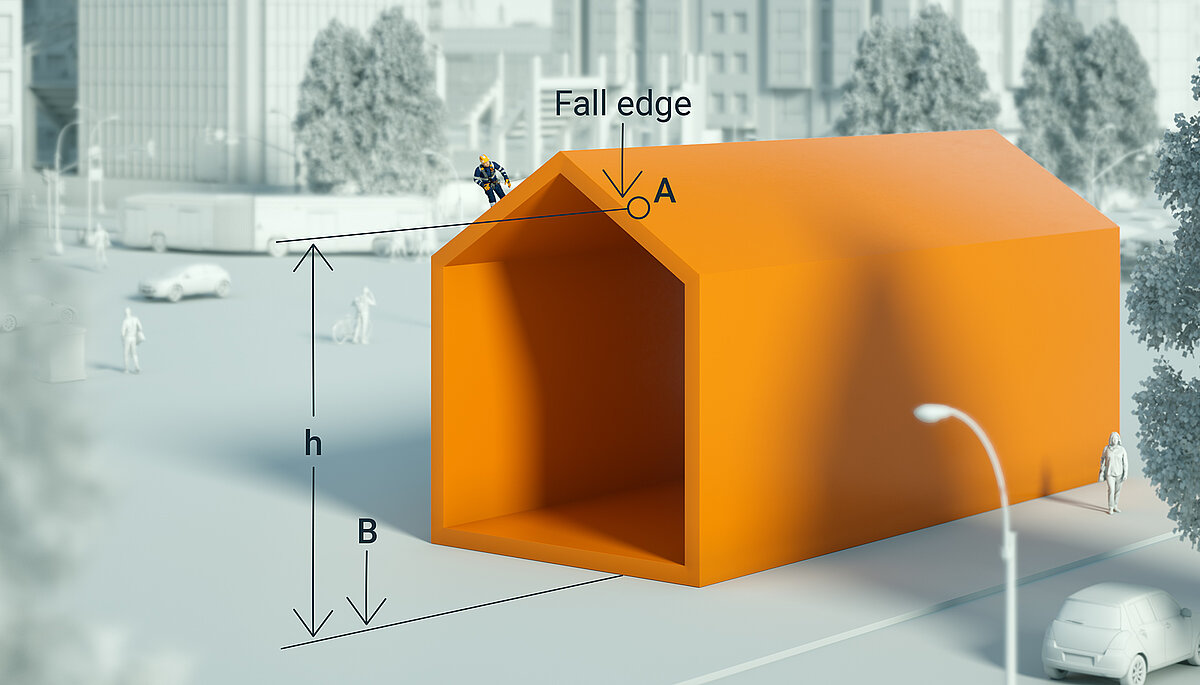
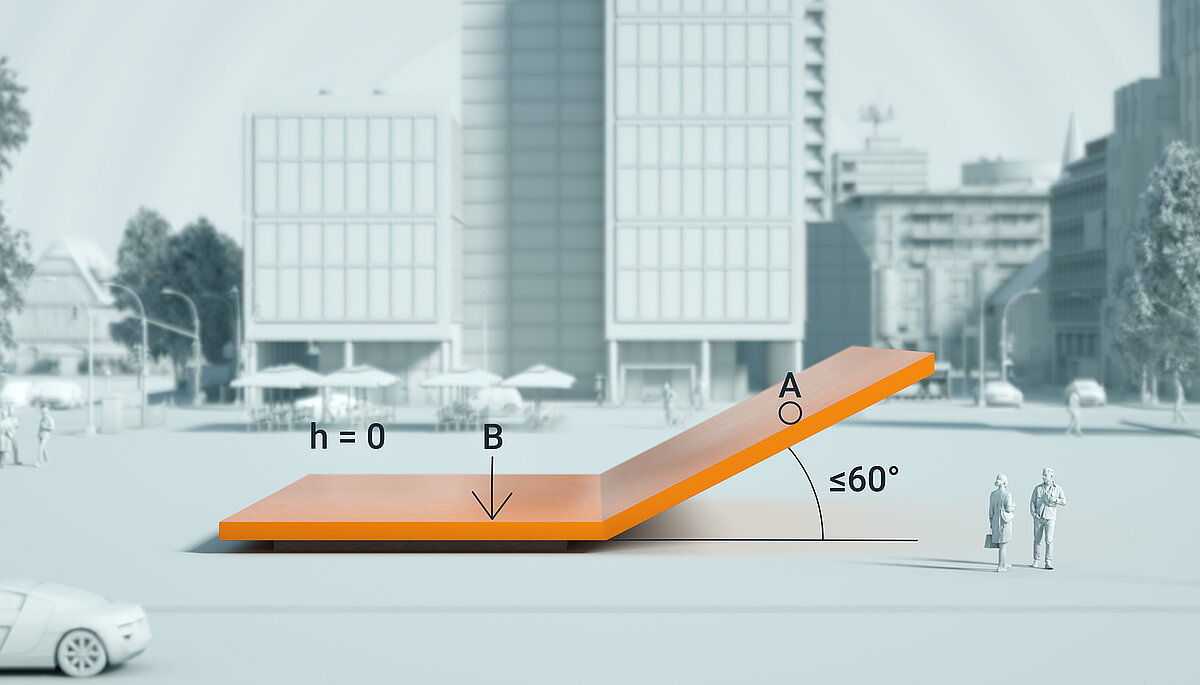
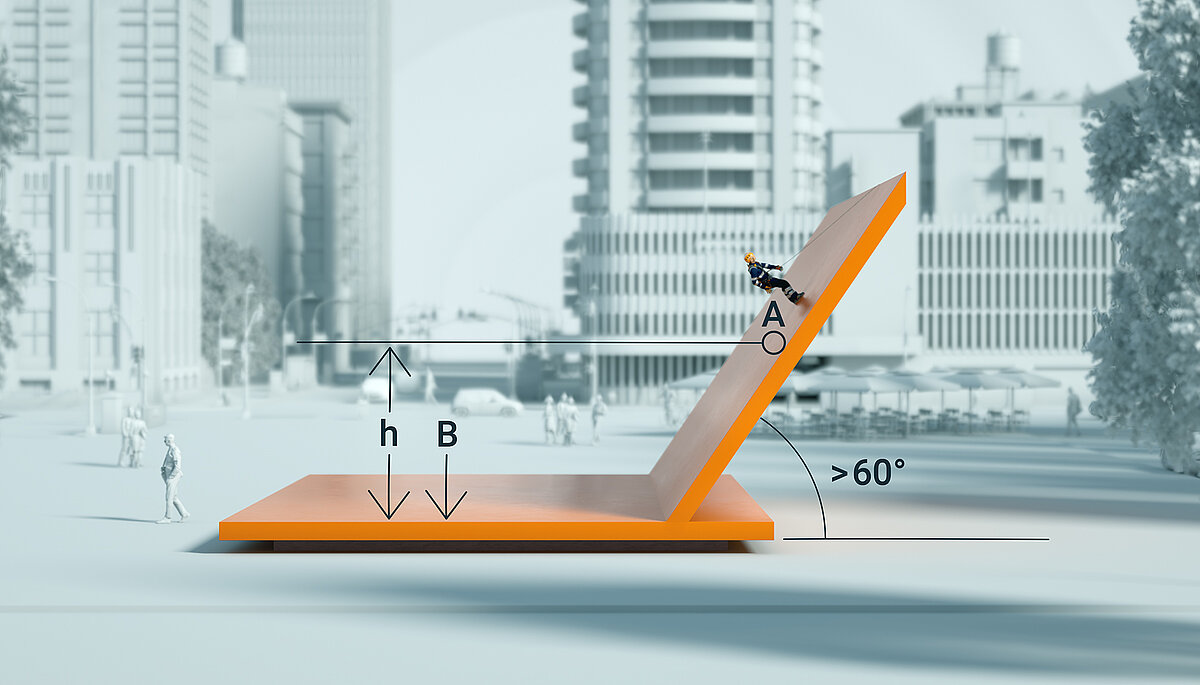
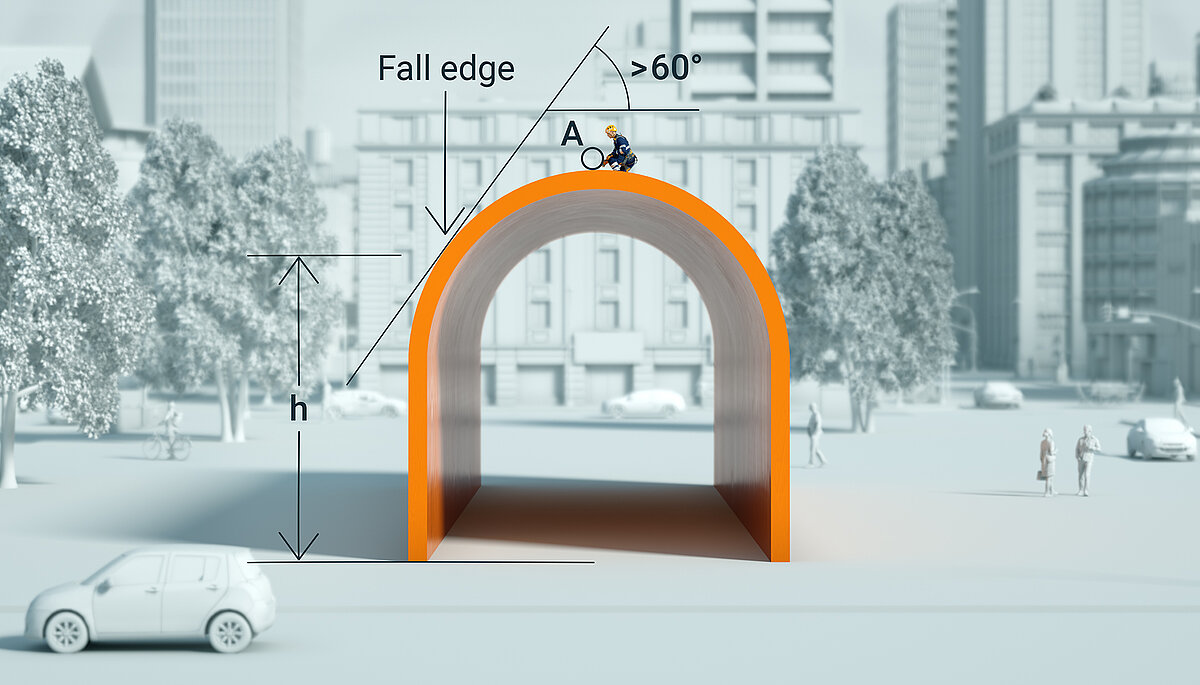
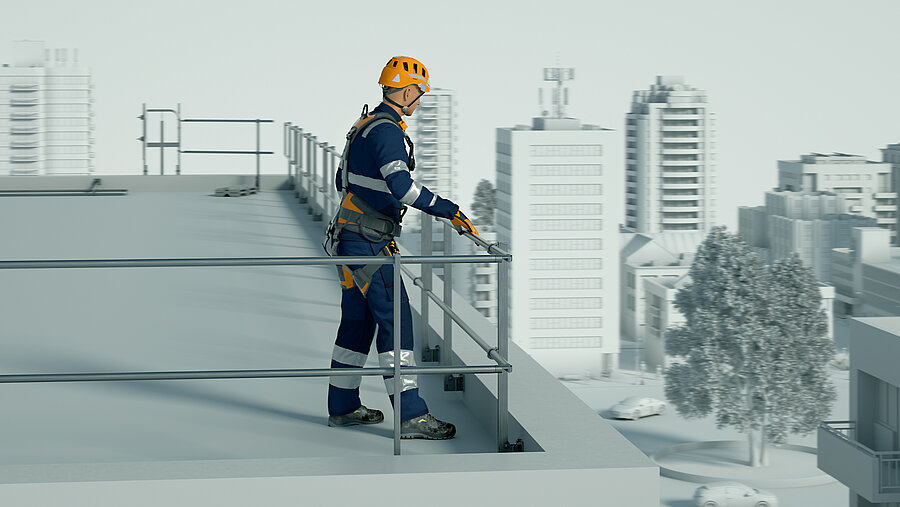
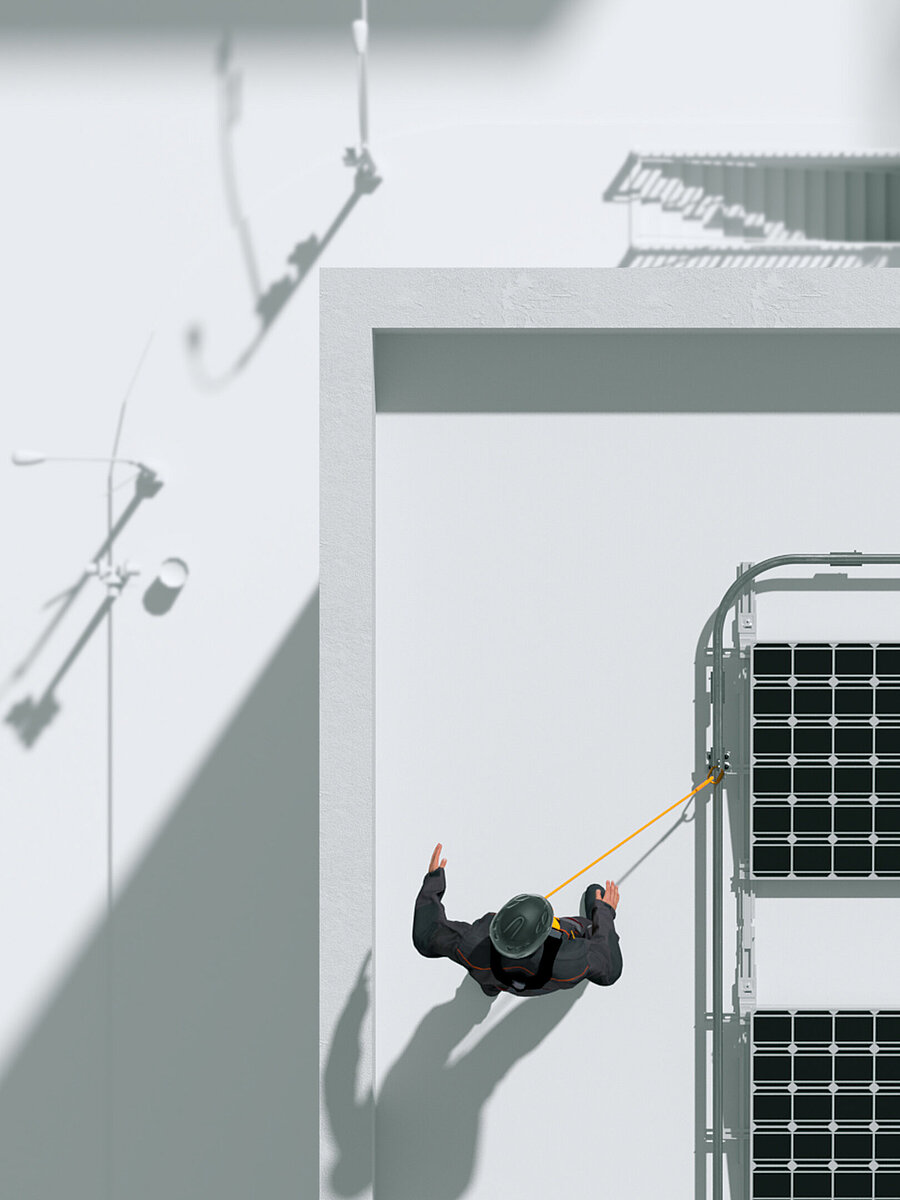
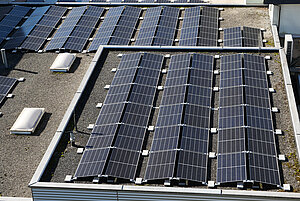


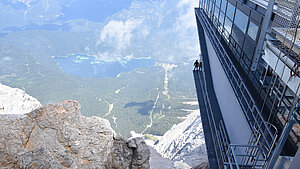
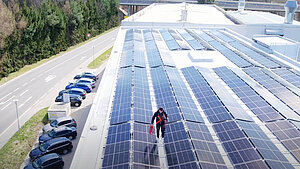
![[Translate to Englisch:] [Translate to Englisch:]](https://www.innotech-safety.com/fileadmin/_processed_/f/b/csm_Pendelsturz-Volkshaus-Zuerich_ab9c27d467.jpg)